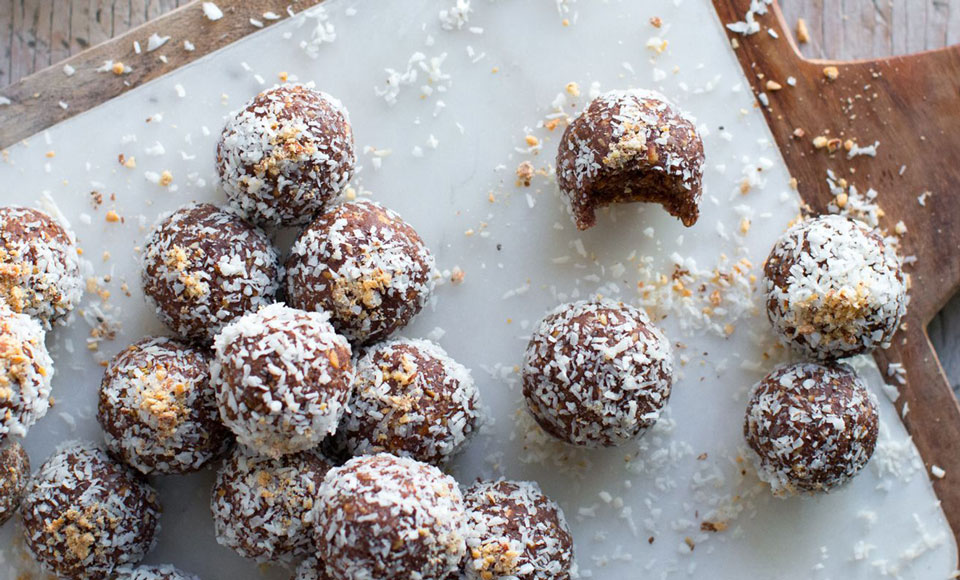If you’ve ever set foot in a gym then you probably know the broad appeal of the humble protein hit. From protein laden drinks to snacks and everything in between, the ‘p-word’ often runs rampant in today’s health food circles and one nutrition coach wants you to know the truth about it before wasting your money.
View this post on Instagram
Graeme Tomlinson, better known on Instagram as The Fitness Chef, recently shared a post which analysed the nutritional and monetary value of today’s most popular ‘protein’ based products.
In the post he explained that there’s a general perception that diets relatively high in protein are widely advantageous across an array of health and fitness goals. He went on to explain how fat loss can be supported by the elevated levels of satiety achieved from sufficient protein consumption. The benefits also extended into muscle gain through optimal protein synthesis, a process which supports the general well-being and repairing of tissues. Nothing most people don’t already have a slight clue about.
The issue, according to Tomlinson, arises when companies begin to spruik ‘protein’ versions of their existing products in order to capture a growing market driven by body physique.
“If one is on a journey of health and fitness improvement, protein consumption will likely be encouraged for the reasons mentioned above. But just because the word ‘PROTEIN’ is presented in large font, it does not necessarily make it a justifiable choice,” says Tomlinson.
“We are better placed to evaluate actual protein amounts per additional variables. Namely, calories, sugar and price.”
Tomlinson breaks down the figures further by addressing his graphic above. A typical protein drink that contains 30g of protein also comes with 125g of sugar and over 800 calories. On the other hand, consuming the Special K protein bar will only yield an insignificant 4g of protein – an amount that could easily be obtained from much more cost-effective foods.
“These items may incrementally accumulate towards overall protein intake, but doing so will be expensive and may compromise other macronutrient intakes. We need to look beyond marketing.”
As a comparison Tomlinson pitched a glass of skim milk against a berry protein drink in the same quantity. The glass of milk contained more protein, less sugar and less calories than the berry protein drink and costs a fraction of it. The moral of Tomlinson’s comparison?
“Protein is essential. But sourcing it from pathetic portions designed by brands who’s aim is to cash in on a hugely beneficial macronutrients may not be the best idea. Sometimes it’s better to consider the protein sources that don’t grab the exaggerated headlines.”
And what would be some of the best natural protein snacks? We’ve got the protein guide for you right here.
